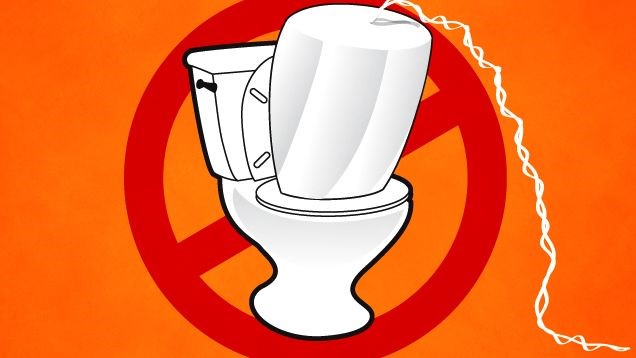What is PMS?
Premenstrual Syndrome (PMS) is your body’s way of signaling the impending arrival of your period. Think of it as a prelude to the menstrual event, bringing along a mix of mood swings, physical changes, and a brief emotional rollercoaster. Typically occurring a few days before your period, PMS tends to settle down shortly after menstruation begins.
Symptoms of PMS
PMS can manifest in various emotional and physical symptoms. Here’s a breakdown:
Emotional Symptoms:
– Mood swings
– Irritability
– Anxiety
– Tension
– Depression
– Crying spells
– Difficulty concentrating
Physical Symptoms: (H3)
– Bloating
– Breast tenderness
– Fatigue
– Headaches
– Joint or muscle pain
– Appetite changes, including food cravings
– Sleep disturbances

Identifying PMS
Recognizing PMS involves understanding your body’s patterns. If you experience emotional ups and downs, mild cramps, bloating, and chocolate cravings a few days before your period, you’re likely in the PMS club! Keeping a period diary can help spot patterns and distinguish PMS symptoms from other issues.
What Causes PMS?
While the exact cause of PMS remains unclear, hormonal changes during the menstrual cycle, particularly fluctuations in estrogen and progesterone, are thought to play a role. Certain lifestyle factors, such as smoking, stress, lack of exercise, insufficient sleep, excessive alcohol consumption, and poor diet, can influence PMS severity.
Managing PMS
While there’s no magic cure for PMS, proactive steps can offer relief from challenging symptoms:
1. Stay Hydrated:
– Drink plenty of fluids, including herbal teas like red raspberry leaf or chamomile, to ease abdominal bloating and cramping.
2. Nourish Your Body:
– Maintain a balanced diet rich in fruits, vegetables, and whole grains.
– Consider reducing sugar, salt, caffeine, and alcohol intake, especially if sensitive to these elements.
3. Explore Supplements:
– Consult a healthcare professional about supplements such as folic acid, vitamin B-6, calcium, and magnesium to alleviate cramps and mood swings.
4. Embrace Vitamin D:
– Boost vitamin D levels through natural light exposure, dietary sources, or supplements.
5. Prioritize Sleep:
– Aim for 7 to 9 hours of quality sleep each night to combat fatigue and enhance overall well-being.
6. Stay Active:
– Incorporate at least 30 minutes of daily physical activity to alleviate bloating, cramping, and contribute to improved mental well-being.
7. Self-Care Rituals:
– Carve out time daily for self-care, including exercise, relaxation, pursuing hobbies, or fostering social connections.

When to Reach Out to a Doctor
If PMS symptoms significantly impact your daily life, it’s advisable to reach out to your doctor if:
- Severe Symptoms: Over-the-counter treatments don’t alleviate severe symptoms.
- Mental Health Concerns: Significant mood changes, anxiety, or depression affect well-being.
- New or Worsening Symptoms: New or worsening symptoms arise.
- Unmanageable Pain: Menstrual cramps or pain are unmanageable with over-the-counter medications.
- Disruption to Daily Life: PMS symptoms disrupt daily life, work, or relationships.
- Changes in Menstrual Cycle: Significant changes in your menstrual cycle or if irregularities persist.
- Other Health Concerns: You have other health concerns or conditions that may be affected by PMS.
Your doctor can provide a thorough evaluation, discuss treatment options, and address any underlying health issues. Understanding and managing PMS is about finding a personalized approach that suits your body and lifestyle.



